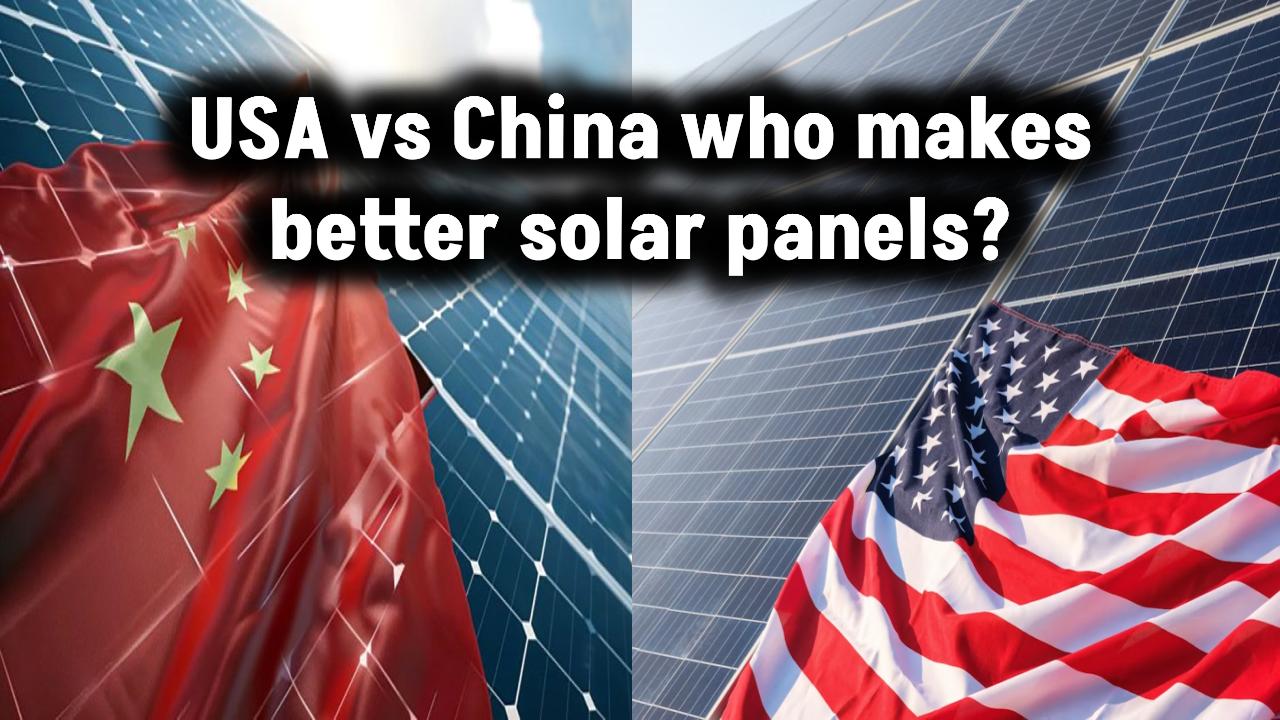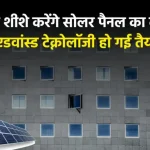
Matrix, in collaboration with Fraunhofer Institute for Solar Energy Systems ISE and Swiss solar roof manufacturer Freesuns, has officially launched the pilot production of shingle-style Building-Integrated Photovoltaic (BIPV) solar roof tiles in Freiburg, Germany. This major development, part of the EU-funded SPHINX project, marks a pivotal moment in the evolution of solar energy systems and green building technology.
BIPV solar roof tiles are designed to integrate solar power generation directly into the roof of a building, offering homeowners a sleek, aesthetically pleasing alternative to traditional panels. Matrix’s matrix shingle technology, now entering production at Fraunhofer ISE’s Module-TEC facility, promises to revolutionize the way solar power is generated and adopted, especially for retrofitting historic or architecturally sensitive buildings.
What Are BIPV Solar Roof Tiles?
BIPV, or Building-Integrated Photovoltaics, refers to solar energy products that become a part of the building’s structure itself—such as walls, windows, or rooftops. Instead of mounting bulky panels on top of a roof, BIPV tiles replace the roof covering while also generating electricity.
The new Matrix BIPV tiles are shingle-style, meaning they are installed in a staggered and overlapping pattern like conventional roofing tiles. The matrix shingle layout takes this a step further by optimizing how cells are placed and interconnected, maximizing energy efficiency and resilience to shading.
Why Matrix Shingle Technology Stands Out
Matrix’s approach redefines the concept of solar roofing by using:
- Overlapping solar cells to cover collector bars and reduce light losses
- Shorter current paths to lower resistance and improve cell efficiency
- Improved shading tolerance, enabling electricity to reroute around shaded cells
Compared to standard half-cell modules, Matrix BIPV tiles boast a 4% increase in energy efficiency. Under partial shading conditions, they can deliver up to twice the power output, a crucial advantage in urban or tree-lined areas.
Real-World Test Sites
Since March 2025, 800 of these innovative tiles have been manufactured and deployed on five buildings in Switzerland. These early installations serve as living labs, helping engineers gather performance data under real-world conditions.
The tiles were showcased at the Smarter E Europe / Intersolar exhibition in Munich (May 7–9, 2025), drawing interest from architects, homeowners, and sustainable construction firms worldwide.
Technical Specifications of the Tiles
Matrix BIPV tiles are designed with:
- 450x510mm glass-glass modules
- TOPCon (Tunnel Oxide Passivated Contact) solar cells, known for high efficiency
- Full aesthetic integration via MorphoColor® coating options (gray, terracotta, blue, green)
This design enables them to blend into a variety of architectural styles, including historic or protected buildings that typically restrict visible solar panels.
Environmental and Market Impact
The rise of BIPV solutions like Matrix tiles aligns with both European and global efforts to decarbonize buildings, which are responsible for nearly 40% of global carbon emissions. By embedding solar generation directly into rooftops, BIPV products can:
- Reduce reliance on fossil-fuel-based electricity
- Lower grid stress in urban areas
- Enable distributed solar generation in buildings that can’t support conventional panels
According to Fraunhofer ISE, the European market for BIPV is expected to grow more than 30% annually over the next decade.
Benefits for Homeowners and Builders
Installing BIPV roof tiles comes with practical and long-term financial benefits:
- No visual compromise: Clean, tile-like appearance with color customization
- Energy independence: Reduce reliance on grid electricity
- Increased home value: Adds a premium, eco-conscious appeal
- Low maintenance: Durable glass-glass build withstands weathering and aging
Builders benefit too, with tiles that are modular and easy to scale across residential or commercial projects.
Policy Support and Funding
The SPHINX project and pilot line are supported through EU funding aimed at accelerating innovation in sustainable construction. The European Commission has actively encouraged green building integration via its Fit for 55 package, which includes energy efficiency mandates and decarbonization incentives.
Matrix is also in discussions with municipal governments and real estate developers to roll out the tiles in larger-scale housing and retrofit programs starting in 2026.
Digital Integration and Monitoring Tools
To further enhance usability, Matrix is developing a digital energy dashboard that lets homeowners:
- Monitor electricity production in real-time
- Track cumulative savings and environmental benefits
- Get performance alerts or maintenance reminders
This smart monitoring will be available via a mobile app synced with each tile array’s inverter system.
Avangrid Pledges $41 Million to Modernize New York’s Aging Power Grid Infrastructure
(FAQs)
What does BIPV mean?
BIPV stands for Building-Integrated Photovoltaics. It involves integrating solar power components directly into the building envelope, such as rooftops or facades.
What makes Matrix tiles different from regular solar panels?
Matrix tiles use a shingle-style matrix layout, which improves efficiency and shading tolerance while also acting as part of the roof.
Are these tiles available for purchase now?
As of now, they are in the pilot production stage, with installations underway in Switzerland. Commercial availability is expected after further testing.
Can they be installed on older buildings?
Yes! Their aesthetic integration and size make them ideal for retrofitting historic or architecturally sensitive buildings.
How efficient are Matrix BIPV tiles?
They are around 4% more efficient than conventional half-cell solar panels and perform much better under shading.








